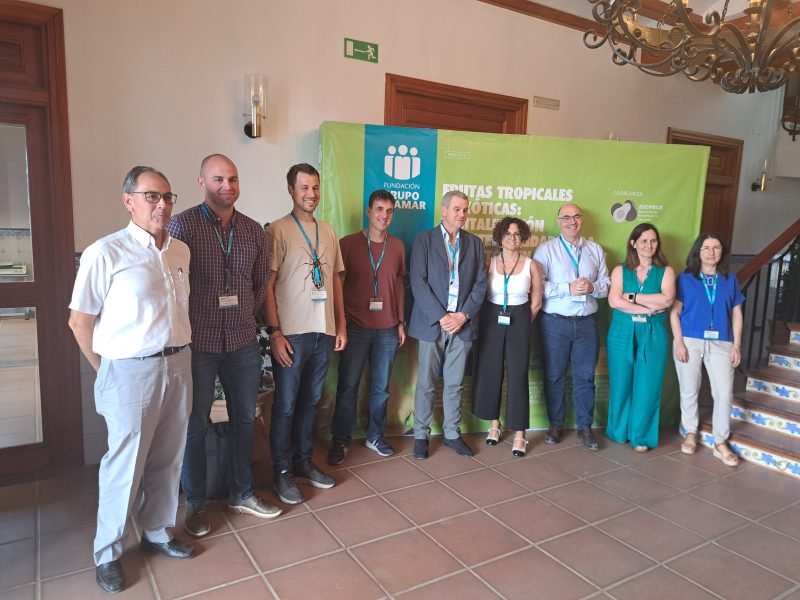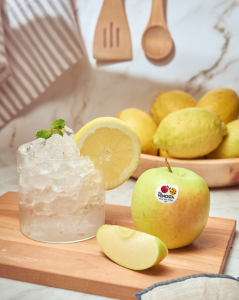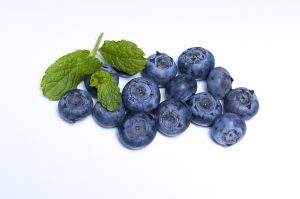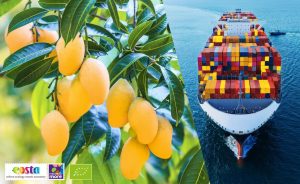Spain’s exports of exotic fruits surged between 2014 and 2024—up 75% in volume and 174% in value. Across Europe, the trend has been even more dramatic: tonnage doubled (+107%) and value tripled (+240%) in that period. Thanks to the boom in crops like avocado—now with 24,221 hectares—and, to a lesser extent, mango (6,044 ha), cherimoya (2,547 ha), and loquat (1,959 ha), Spain has become the top producer and the third-largest supplier of tropical fruits in the EU (after the Netherlands and Peru).
To consolidate its position as a leading continental supplier, Spain needs to expand its offering. In this regard, the Cajamar Bank Foundation and the Association of Avocado Producers (ASOPROA) have highlighted the expansion potential—especially in Andalusia and the Valencian Community—of a new generation of exotic fruits, including dragon fruit, papaya, passion fruit, lychee, kumquat, and citrus caviar.
Expert insights from the conference in Paiporta
Ana Cabrera, a trainer from Cajamar’s TIERRA platform, set the stage at the inaugural “Tropical & Exotic Fruit Conference: Digitalization and Sustainability for a Growing Sector” held in Paiporta (Valencia). She identified the key production hot spots:
For avocados: Andalusia leads (Málaga: 65% of area, Granada second) with Valencia as an emerging player (16.5%).
Those same Andalusian provinces also lead mango production, while Granada dominates cherimoya, and loquat production is concentrated in Alicante (67%).
Meanwhile, Virginia Pinillos, a horticulture professor at the University of Almería, noted that a growing number of exotic fruits—like dragon fruit and passion fruit—are already sparking consumer interest. This emphasizes the findings of the GoExotika project (2023–2025), which called attention to both promising potential and the challenges ahead.
Challenges identified
Key obstacles include:
A lack of varieties that can thrive in Mediterranean soils and changing climates (though promising species have been identified for dragon fruit and passion fruit);
The need for improved postharvest behavior and transport logistics, especially for papaya and cherimoya;
Investment needs in infrastructure—such as shade nets, protective plastics, and greenhouses—for crops like passion fruit, papaya, and dragon fruit (less so for lychee and longan);
Strengthening specialized marketing channels and promoting the nutritional benefits of these fruits.
Insights from the roundtable
Moderated by Carlos Baixauli of Cajamar’s Experience Center, the panel included key voices from the sector:
Celestino Recatalá – President of ASOPROA – recalled the group’s origins: “No one knew where to source avocado plants, which rootstocks to use, or what water and fertilization was needed. Today, Valencia has nearly 4,000 ha, planting 250 more each year; we’ve even launched the ‘Aguacates CV’ brand.”
Manuel Almenar of Anecoop and Paula Ruiz, R&D director at Trops, confirmed growth: Anecoop now markets 2,000 t of avocados, 2,000 t of papayas, and 150 t of dragon fruit under its ‘Bouquet Exotic’ label. However, they stressed the need to find the right varieties—especially for avocado.
Ruiz highlighted that while avocado production in the EU is nearing its limits, consumption continues climbing (2 kg per capita in the EU vs 5 kg in the US; Italy is still low at 0.81 kg/person/year).
Pest control, plant health, and biological protection
Juan José Hueso from Cajamar’s Experimental Station emphasized integrated and biological pest control in controlled environments—citing GoExotika, EuroPapaYa, PitaMed, and GoCarismed projects that improved irrigation, fertilization, harvest timing, and postharvest handling.
Miguel Calvo of Agrobío described biological control advances in mango (against thrips, true bugs, earwigs) using perimeter hedges and biodiversity islands as natural barriers and habitats. Similar strategies are being deployed for dragon fruit, papaya, and passion fruit against aphids, thrips, and spider mites.
RELATED NEWS: Alcoaxarquía adds Spain’s largest organic tropical farm to its portfolio
Solutions against avocados’ main health threats—Scirtothrips spp. and Botryosphaeriaceae fungi—were also tackled. César Monzó (IVIA) stressed the importance of monitoring and biological control for the thrips, while Lucía Guirado (University of Málaga) discussed managing “regressive avocado death” via lab diagnostics and targeted treatments using fungicides, biostimulants, or microorganisms.
Digital irrigation and precision farming: the future
Digitalization is emerging as a key frontier.
María Dolores Fernández (Cajamar’s Las Palmerillas Station) presented GoIrrigate—a water-balance and evapotranspiration-based irrigation tool for avocado. Using climate station and sensor data, it can recommend regulated deficit irrigation schedules that consider crop rotation.
Antonio López (WidHoc Smart Agrosolutions) detailed precision farming tools using probes to monitor climate, plants, and soil—helping optimize irrigation and reduce leaching.
Technology transfer and climate resilience
Trops’ representative explained how their tech transfer model empowers cooperative members to tackle climate change, water scarcity, generational renewal, and labor shortages. Ruiz described an “ecosystem” where sensor data is cloud-hosted, allowing automation, field-based AI for pest detection, flower and fruit counting, phenological monitoring, and AI-driven personalized irrigation and yield recommendations.






















